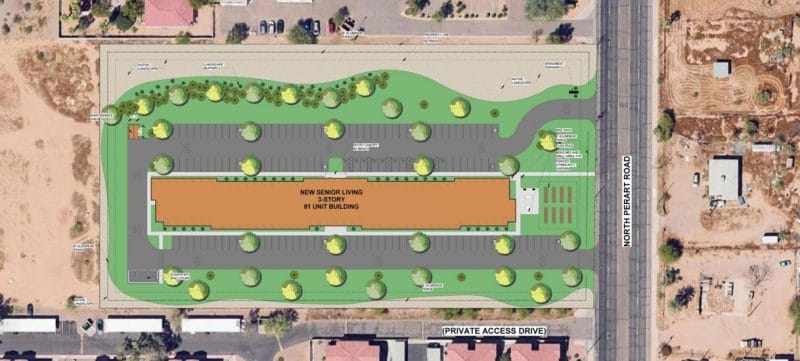Phil Riske
Senior reporter/writer
My glee over the post-season success of the Arizona Diamondbacks is tempered by the current horror in Israel.
The taking of hostages by Hamas is far more tragic than our imprisonment — displacement if you want to call it that — of Japanese during WWII.
Thirty miles southeast of Phoenix, on sacred land belonging to the Gila River Indian Community, lie the remnants of an internment camp that once housed more than 13,000 people, mostly Japanese Americans, during the World War.Two of 10 “relocation centers” were in Arizona: three camps at Poston along the Colorado River near Parker, and two camps near Sacaton on the Gila River reservation.
During my time running KSAA Radio in Casa Grande, I several times called upon radio engineer Tom Hitiguchi to help with engineering issues. Kitiguchi freely discussed his family’s months in captivity at a Sacaton site, but never expressed bitterness about being held.
“Concrete foundations and cisterns remain, but gone are the fences, barracks and gun tower that revealed the purpose of the place was incarceration rather than internment, at a time when Japanese Americans were suspected of being spies and saboteurs, writes Cronkite News reports. “Long gone now are the bases, bleachers and foul lines made of flour that represented a form of escapism for those inside the wire fences.” Baseball.

The American pastime played a major role in Arizona and other internment camps, Today, baseball has contributed many star players to Major League Baseball (MLB).
Statistics show Japan’s Shohei Ohtani of the California Angeles to be the best player in MLB.
Meanwhile, The Diamondbacks faee the LA Dodgers at Chase Field tonight in game three of the National League Division Series and are apt to face Japanese pitcher Hiroki Kuroda if the series goes beyond tonight.








